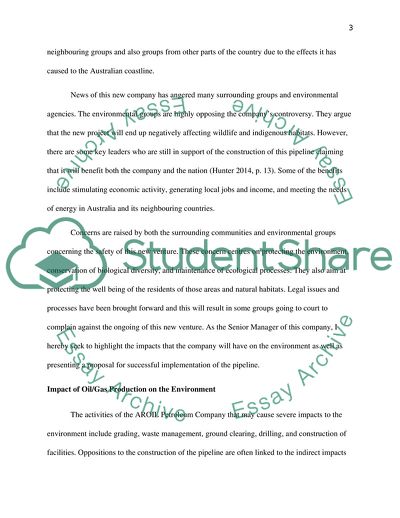Cite this document
(Evaluating the impact of international environmental laws on oil/gas Coursework, n.d.)
Evaluating the impact of international environmental laws on oil/gas Coursework. https://studentshare.org/law/1860905-evaluating-the-impact-of-international-environmental-laws-on-oilgas-production
Evaluating the impact of international environmental laws on oil/gas Coursework. https://studentshare.org/law/1860905-evaluating-the-impact-of-international-environmental-laws-on-oilgas-production
(Evaluating the Impact of International Environmental Laws on oil/Gas Coursework)
Evaluating the Impact of International Environmental Laws on oil/Gas Coursework. https://studentshare.org/law/1860905-evaluating-the-impact-of-international-environmental-laws-on-oilgas-production.
Evaluating the Impact of International Environmental Laws on oil/Gas Coursework. https://studentshare.org/law/1860905-evaluating-the-impact-of-international-environmental-laws-on-oilgas-production.
“Evaluating the Impact of International Environmental Laws on oil/Gas Coursework”. https://studentshare.org/law/1860905-evaluating-the-impact-of-international-environmental-laws-on-oilgas-production.


